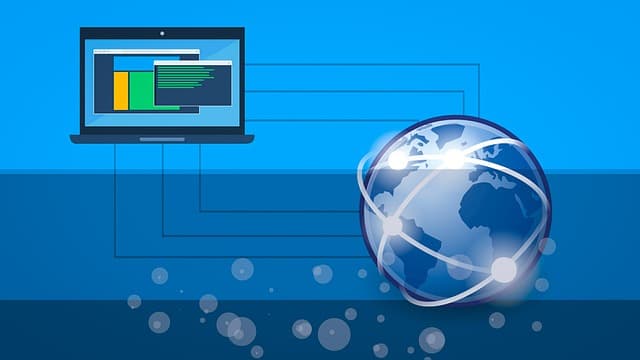What is TCP?
Transmission Control Protocol (TCP) is a communications standard that allows application programs and computing devices to exchange messages over a network. It is designed to send packets over the Internet and ensure the successful delivery of data and messages across networks.
TCP is one of the main standards defining the rules of the Internet and is included in the standards defined by the Internet Engineering Task Force (IETF). It is one of the most commonly used protocols within digital networking and provides end-to-end data delivery.
TCP organizes data so that it can be transmitted between the server and the client. This ensures the integrity of the data transmitted over the network. TCP establishes a connection between a source and its destination before data is transmitted, which ensures that it functions before the data is exchanged. It then breaks up large amounts of data into smaller packets, ensuring data integrity throughout the process.
As a result, TCP is used to transfer data from high-level protocols that require all data to be received. Such protocols include File Transfer Protocol (FTP), Secure Shell (SSH), and Telnet. It is also used to send and receive e-mail through the Mail Access Protocol (IMAP), the Post Office Protocol (POP), and the Simple Mail Transfer Protocol (SMTP), as well as to access the Internet through the Hypertext Transfer Protocol (HTTP).
An alternative to TCP is the User Datagram Protocol (UDP), which is used to establish low-latency connections between applications and speed up transmission. TCP can be an expensive networking tool because it includes missing or corrupted packets and protects data delivery with controls such as acknowledgement, connection triggering, and flow control.
UDP does not provide a faulty connection or packet sequence, nor does it signal the destination before the data is transmitted, which makes it less reliable but also less expensive. Thus, it is a good option for situations where time is important, such as domain name system (DNS) lookups, IP telephony, and streaming media.
What is IP?
Internet Protocol (IP) is a method of transferring data from one device to another over the Internet. Each device has a unique IP address defining it, which allows it to exchange data with other devices connected to the Internet.
The IP address is responsible for determining how applications and devices exchange data packets with each other. It is the basic communication protocol responsible for the formats and rules for exchanging data and messages between computers on one or more networks connected to the Internet. This is accomplished by the Internet protocol suite (TCP/IP), a group of communication protocols divided into four levels of abstraction.
IP is the basic protocol at the TCP/IP Internet layer. Its main purpose is to deliver data packets between a source application or device and a destination using methods and structures that place tags, such as address information, in the data packets.
TCP or IP: what’s the difference?
TCP and IP are separate protocols that work together to ensure that data is delivered to its intended destination on the network. IP receives and determines the address (IP address) of the application or device to which the data is to be sent. TCP is also responsible for transmitting the data and ensuring that it is delivered to a specific IP device or target application.
In other words, the IP address is the same as the phone number assigned to the smartphone. TCP is the computer network version of the technology that activates a smartphone call and allows the user to talk to the caller. The two protocols are often used together and rely on each other for data to have a destination and reach it safely, so the process is often called TCP/IP.
